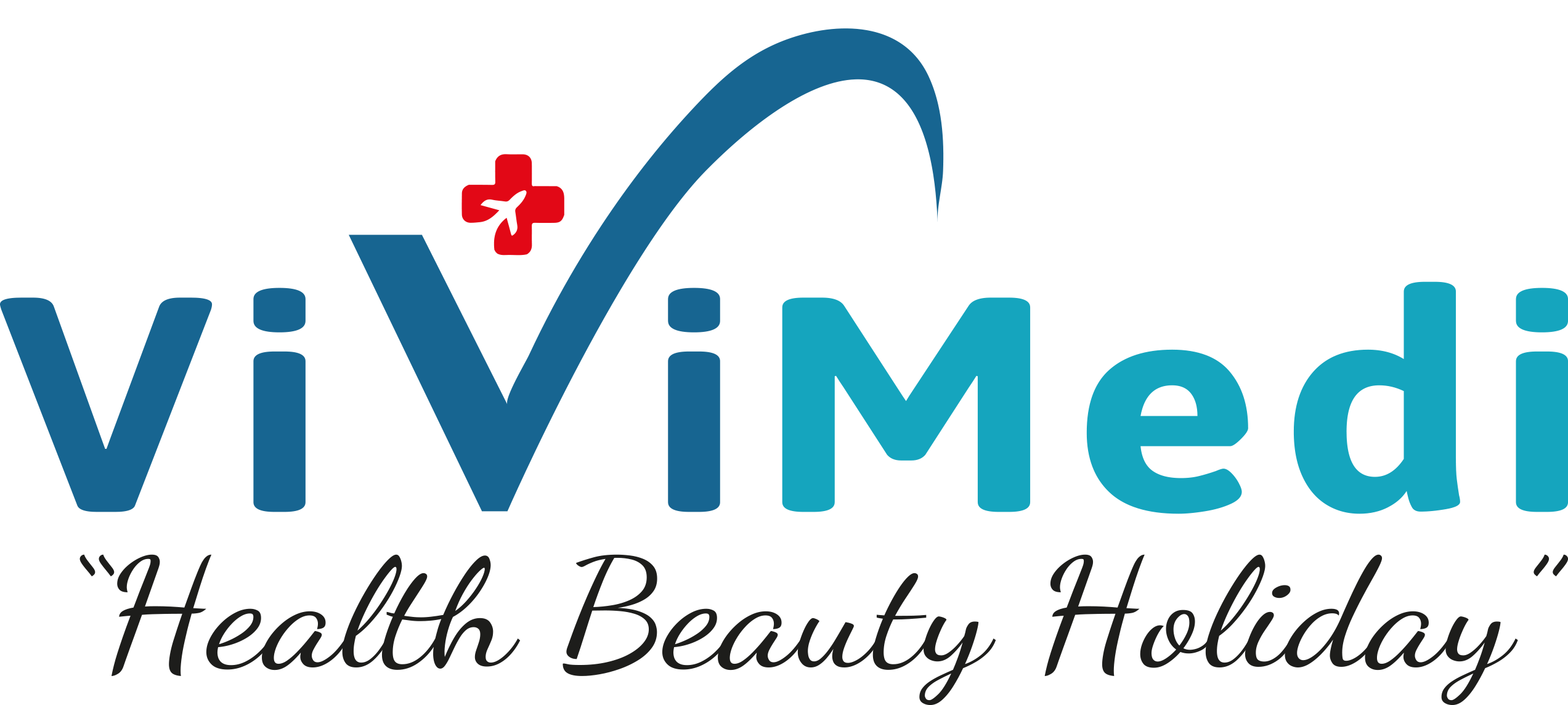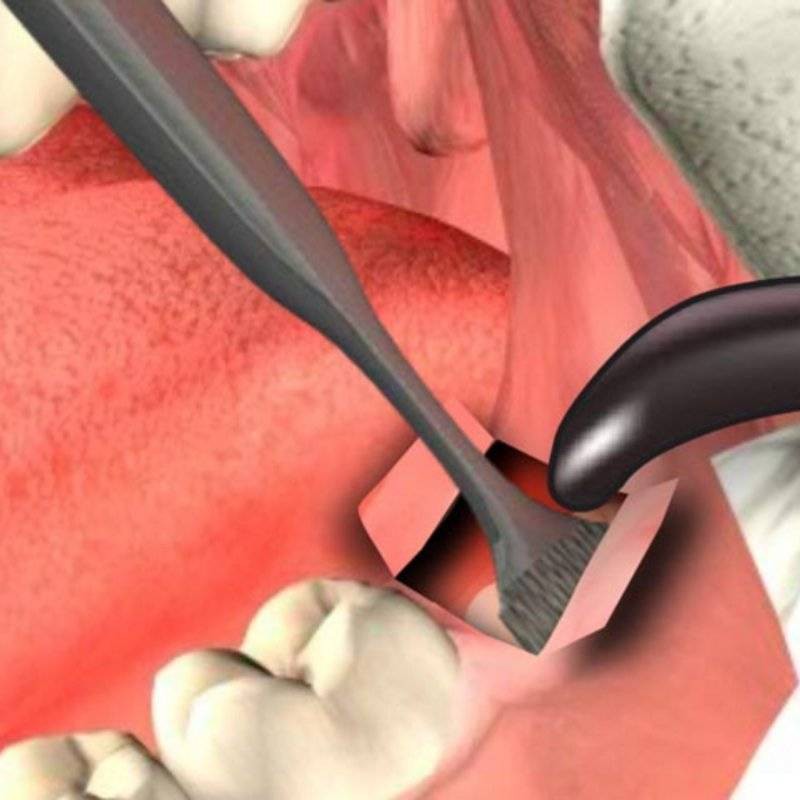Fixing crowded teeth without extraction is a popular approach in modern orthodontics, where the goal is to align the teeth and create a balanced, healthy smile without removing any teeth. This approach is particularly appealing to patients who prefer to retain all their natural teeth while achieving a straight smile. Several methods can be used to correct crowded teeth without the need for extractions, each with its own set of considerations, benefits, and potential limitations.
Orthodontic Treatment Options
Traditional metal braces are one of the most common and effective methods for fixing crowded teeth without extractions. Braces consist of metal brackets that are attached to each tooth and connected by wires. The wires are gradually tightened over time, applying gentle pressure to the teeth and moving them into the correct position.
On the other hand, clear aligners have become a popular alternative to traditional braces for fixing crowded teeth without extractions. These aligners are made of clear, medical-grade plastic and are custom-made to fit the patient’s teeth. They are designed to be worn for 20 to 22 hours a day and are changed every one to two weeks as the teeth gradually move into alignment. However, palatal expanders are devices used to widen the upper jaw, creating more space for crowded teeth. This treatment is particularly effective in growing children and adolescents, as their jaws are still developing and more responsive to expansion. However, adults can also benefit from palatal expansion, though the process may take longer and might be less pronounced.
Fixing crowded teeth without extraction is a viable option for many patients, thanks to advances in orthodontic techniques and appliances. Whether through traditional braces, clear aligners, palatal expanders, or self-ligating braces, orthodontists can create space and align teeth effectively while preserving the natural dentition. Each treatment option comes with its own set of advantages and considerations, and the best approach will depend on the individual patient’s needs, the severity of the crowding, and the desired outcome.


